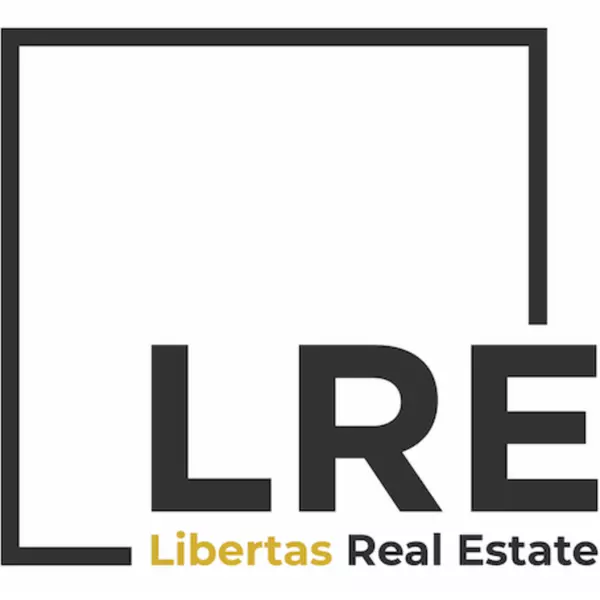Affordability for first-time homebuyers: Beyond rates and prices
We’ve all heard the refrain: it’s never been harder to buy your first home. The narrative almost always circles back to two usual suspects – mortgage rates and home prices. While rates and prices are undeniably visible and powerful levers, they are not the whole story.
For industry insiders, the challenge (and the opportunity) lies in understanding the layered, less visible forces shaping affordability for today’s first-time homebuyers. The truth is that affordability isn’t shaped only by where rates land or how quickly prices climb; it’s increasingly a function of a borrower’s balance sheet, monthly cash flow and income, which all factor into debt-to-income ratios (DTI) and ultimately getting approved for a loan.
Let’s go beyond the boilerplate and unpack the modern affordability equation, by looking at both macro and micro-level factors.
Rising cost of homeownership
Homeowners’ insurance is emerging as one of the most potent affordability headwinds. Premiums have surged nationwide amid escalating climate risk, catastrophe losses, and carrier pullback, with Florida and California as the most visible flashpoints.
According to Realtor.com (July 8, 2025), average 2025 annual premiums are projected to rise $509 in Florida, $1,320 in California, and an astonishing $2,974 in Louisiana. Those jumps translate to hundreds of dollars added to monthly PITI calculations, enough to push many first-time buyers’ DTI ratios past qualifying limits. In a market where margins are already thin, that can be the deal breaker.
Automated underwriting (AUS) tightening
There is chatter among loan officers that automated underwriting systems have grown restrictive, and seemingly arbitrary. Borrowers who once passed DU or LP are increasingly being pushed into FHA loans, saddling borrowers with steeper mortgage insurance and higher long-term costs. It’s a quiet tightening that reshapes affordability, even for creditworthy applicants.
Today’s borrower profile has shifted
Experian data shows that total consumer debt climbed 2.4% year-over-year, rising from $17.15 trillion in Q3 2023 to $17.57 trillion in Q3 2024. But the real story emerges when you break it down by generation. Gen Z saw their debt balances surge 30.9%, and Millennials increased 5.3%, and these two groups that make up the bulk of today’s first-time homebuyers. For many in these cohorts, carrying $500 to $700 a month in non-mortgage debt is commonplace, leaving less room in the budget for housing costs.
In practical terms, these rising debt loads erode purchasing power and can push DTI ratios past qualifying thresholds, even when income levels appear sufficient on paper.
Further, wage growth has failed to keep pace with home prices, an imbalance now deeply embedded in the housing market. According to USAFacts, home prices have climbed roughly 74% since 2010, while wages have increased only 54% over the same period.
The gap has only widened in recent years: since 2019, median wages are up about 20%, but home prices in many metros have surged 40-60%. The result is a steady erosion of buying power, that even as incomes rise, borrowers simply can’t buy as much house as they once could, leaving many to fall back into the rental cycle.
The devil in the details: DTI as the pressure valve
At the end of the day, affordability is adjudicated through DTI. Lenders and AUS don’t care if the pressure point is insurance premiums, student loans, or credit card balances – it all collapses into a ratio that determines whether a deal gets approved.
Consider this illustrative example:
- Household income: $100,000 (~$8,333/month).
- Starter home: $350,000 with 3.5% down (FHA).
At a 5.25% rate, P&I runs about $1,898/month. Layer in 20% of income already committed to consumer debts ($1,667), and total monthly obligations hit $3,565 – roughly a 43% DTI.
Now bump the rate to 5.75%: the mortgage payment rises by ~$106, and DTI inches to 44%.
While this is still technically approvable under FHA guidelines, the margin of safety is razor thin. If property taxes, insurance, or MIP are even modestly higher than assumed, the file can tip into denial territory.
This illustrates the real enemy of affordability: not simply rates or prices, but the cumulative drag on DTI from every corner of a borrower’s financial life.
Practical Implications
For originators and lenders, the takeaways are clear:
- Build borrower education around the full profile: Homebuyer counseling and education must extend beyond “timing the dip” on rates or home prices (which may in fact promote a costly sidelining of the borrower) to helping borrowers understand the implications of how consumer debt, insurance costs, and MI can shape their buying power.
- Highlight the importance of pre-approval: In a market where affordability is fragile, being fully pre-approved gives borrowers the ability to act decisively when conditions align. But in today’s market, the most critical factor to align is inventory; and that’s a story worth its own analysis.
- Position as trusted advisors: The LO who can demystify the affordability equation for borrowers will nurture stronger, longer-lasting client relationships.
And perhaps most importantly: don’t overstate the mortgage rate or home price narrative. While these factors are highly visible, they are not the biggest enemy of affordability. The silent factors – insurance, debt loads, and other qualification issues – are what is truly eroding first-time buyers’ access to homeownership.
Hector Amendola is the president of Panorama Mortgage Group.
This column does not necessarily reflect the opinion of HousingWire’s editorial department and its owners. To contact the editor responsible for this piece: zeb@hwmedia.com.
Categories
Recent Posts










GET MORE INFORMATION

